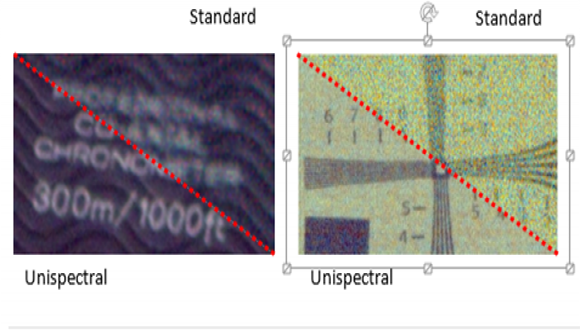A journey from conceptual research to product
Funded by Momentum Fund, a revolution of the compact camera device is developed in the Faculty of Engineering. Few years ago, Professor David Mendlovic with Ariel Raz developed a new concept for optical imaging. Although Color imaging is a standard, significant penalties are connected with achieving the color information such as reduced resolution and poor low light performance. In Smart Imaging System (SIS) project, Mendlovic and Raz take the new concept few steps further to the market. A mixed team that includes students and engineers investigates the various practical aspects of the new technology. The vision is to own a collection of intellectual properties that enables commercialization of the new technology. With business development support from RAMOT, discussions with partners and potential customers helped to refine the product specifications. As anon conventional action, the project will be presented in the coming Mobile World Congress including demo system and impressive list of meetings with customers.
The trigger of this project is the present capability of image sensors to capture many frames per second.
Common commercial grade cameras operate by acquiring all color components at once, on the expense of resolution – each color is sampled at a pre-determined fraction of the overall resolution. This method, invented by Kodak in 1976, degrades the overall image resolution by a typical factor of 4. Recently available frame rates, however, allow dividing the color information across several consecutive frames. In essence, each frame is taken at a different color and at full resolution. Then, each set of frames is converted into a full resolution color image. As each frame is taken at full resolution, the SIS camera exhibits significant resolution improvement compared to present cameras. In addition, we have experimentally proved that acquiring additional frames at non-standard colors, such as white, clearly improve the overall image quality. This is done by removing image noise from the red, green and blue frames using additional information obtained from the white frame. Moreover, our system supports acquisition of near IR frames (color shades that are invisible to the naked eye), thereby improving the resulted camera sensitivity. In parallel, good image quality requires fast and accurate color filter. Current demo system utilizes off the shelf components but we have already completed a custom design, optimized for this task.



